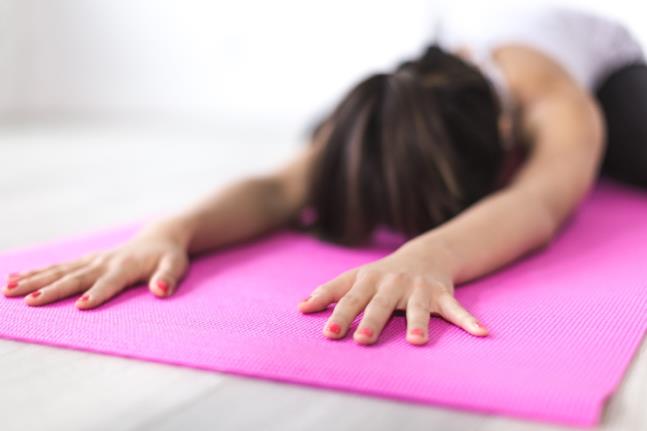
Yoga has long adapted to different cultural contexts and situations, and the current pandemic is likely to accent those forms of yoga that relate to mental health and spiritual solace, writes Shreena Niketa Gandhi in the online religion magazine The Revealer (April 7, 2020). The speed at which yoga studios moved to offer virtual yoga sessions to fit this moment of social isolation is “reflective of the ever-changing nature of yoga,” she writes. The growing popularity of new therapeutic forms of yoga dealing with trauma and other emotions take the emphasis off “how the body will look and function after doing yoga, and more about what a person is dealing with mentally in the present moment. [This] may be especially important with the isolating shift Americans are currently experiencing,” Gandhi writes.
“Trauma yoga” was developed to deal with people suffering from Post-Traumatic Stress Disorder and for that reason instructors do not touch practitioners—something that might be suitable with social distancing, even though its effects may not be translatable to online usage. “Rage yoga” involves people expressing their negative emotions, encouraging cursing and even making obscene gestures, and has found a following in 14 American cities. Although this kind of yoga may suitable for people confined for weeks and even months to vent their anger and achieve a “zen” state, as one teacher claimed, it is communal in nature and could be a challenge to adapt online. Another flourishing yoga movement until very recently, known as “goat yoga,” has definitely been postponed during the quarantine, since it requires the presence of goats to enhance the spiritual and natural elements of the practice.
(The Revealer, https://therevealer.org/trauma-yoga-goat-yoga-and-other-yoga-trends-in-an-age-of-social-isolation/)
